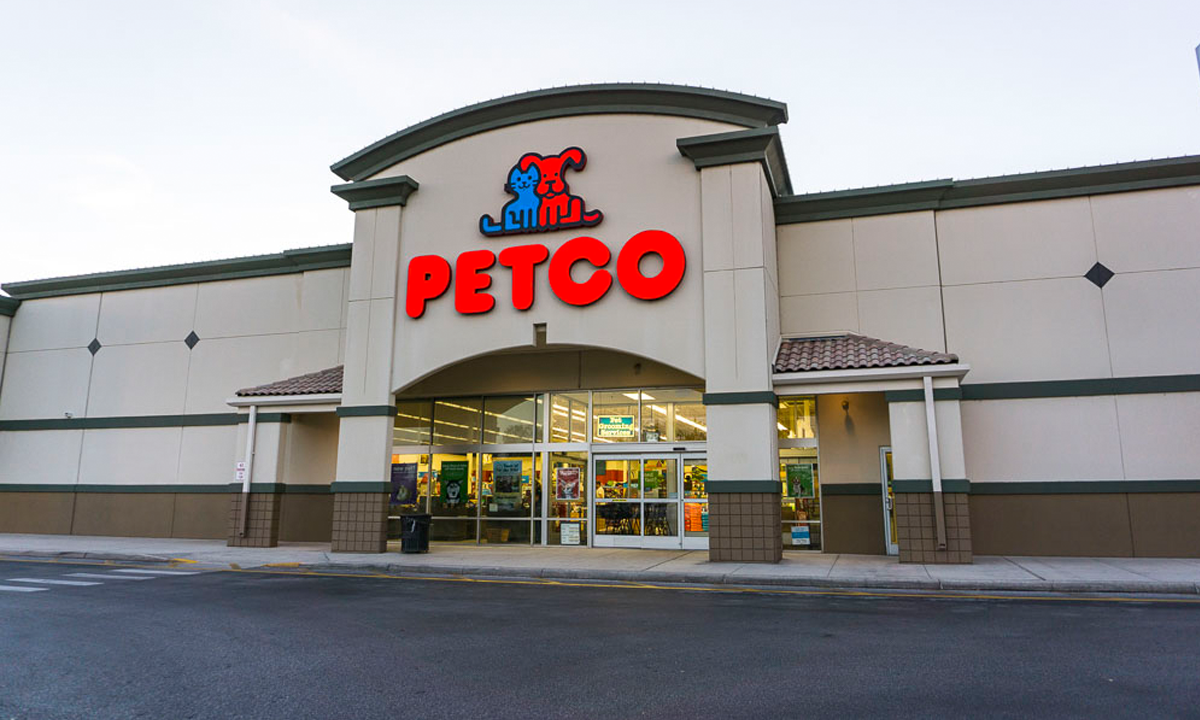Written by Justin Culetu
After modifying its ownership structure multiple times in the past, San Diego-based pet retailer Petco plans to return to public ownership by listing its shares on the Nasdaq Global Select Market under the symbol “WOOF”. The number of shares and price range have not been announced yet, but the company hopes to receive $100 million in proceeds.
The structure changes of the company include a three-year effort to cease the sale of pet food with artificial ingredients as well as adding more focus on pet services such as grooming, training, and veterinary care. According to a letter by Petco Chief Executive Rob Coughlin to future shareholders, the pandemic and the “stay at home” message that came with it increased demand for new pets, thus helping the business grow substantially this year. The firm reported net sales of $3.6 billion in 39 weeks, ending on October 31st of this year. That is a 9% increase compared to the same period last year.
Since the founding of the company in 1965, Petco has had multiple ownership structures. Most recently in 2015, Petco made a private equity deal with CVC Capital Partners and the Canadian Pension Plan Investment Board which valued them at $4.6 billion. These buyers will maintain a controlling interest through voting power after the ownership change.
With a regular customer base of 21.5 million people, Petco has improved its financial numbers over the last two years. Along with the 9% net sales growth mentioned above, the firm also reported that it is losing less money; with a net loss of $94 million in last year’s period improving to $24.8 million in the 2020 period. The proceeds from the sales of shares are anticipated to go towards paying interest loans taken to pay off a total debt of $3.3 billion. The company also operates 1,470 brick and mortar stores.
Petco plans to get more out of the pet care sector in the near future. In an industry that is said to be worth $97 billion with over 72 million households, the company’s blueprint is to change the public’s perception of their brand through pursuing a differentiated merchandise strategy, sticky services, and refurbishing digital offerings according to Coughlin.




